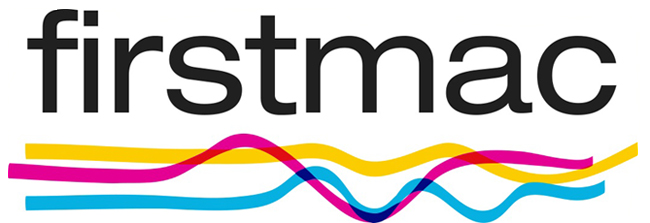
Firstmac strikes its own path
Firstmac is an outlier in Australia’s nonbank sector thanks to its focus on prime mortgage lending and its expressed ambition to gain authorised deposit-taking institution (ADI) status. James Austin, chief financial officer at Firstmac in Brisbane, gives an update on the company’s strategic plan.
What are Firstmac’s growth plans?
Firstmac has been forthcoming in its aspirations to become an ADI. What is the reasoning and can you give an update on the process?
Gaining ADI status can be achieved either through acquisition of an existing ADI or by application for a license in our own right. In either case the Australian federal treasurer’s office will have to approve, under the Financial Sector (Shareholdings) Act, an ADI which is more than 15 per cent individually owned. We are in the process of applying for this approval.
Firstmac’s business focuses on prime mortgages. How challenging has the elevated bank-bill swap rate (BBSW) been in this context, given your natural competitors are the ADIs?
We see this as a short-term factor, though. Ultimately, a rising tide lifts all boats so higher funding cost will eventually flow into deposit rates.
Has some of the pressure been relieved by the major banks raising their lending rates?
Firstmac recently launched a fixed-rate mortgage product. What is the strategy, and how was it received?
Approximately 5 per cent of our balance sheet is fixed-rate loans and our intention is to increase the proportion of fixed-rate loans to 15 per cent. This will shift some of the funding reset away from BBSW. We see this as one part of a natural hedge against BBSW. If borrowers are on a fixed-rate loan they are hedged with longer-term swap rates rather than short-term rates.
The product is still very new but it has been taken up very well. There is a good and growing pipeline as a result of the positive response.
Firstmac’s securitisation transactions this year have been targeted at specific geographic investor bases. Is this an ongoing issuance strategy?
This isn’t to say investors from outside the targeted geography cannot participate, and in all these deals other investors have been involved. We place an emphasis on particular geographies only to ensure diversity in the placement of our bonds.
Firstmac’s balance sheet passed A$10 billion (US$7.3 billion) earlier this year. What material impact does scale have?

nonbank Yearbook 2023
KangaNews's eighth annual guide to the business and funding trends in Australia's nonbank financial-institution sector.









